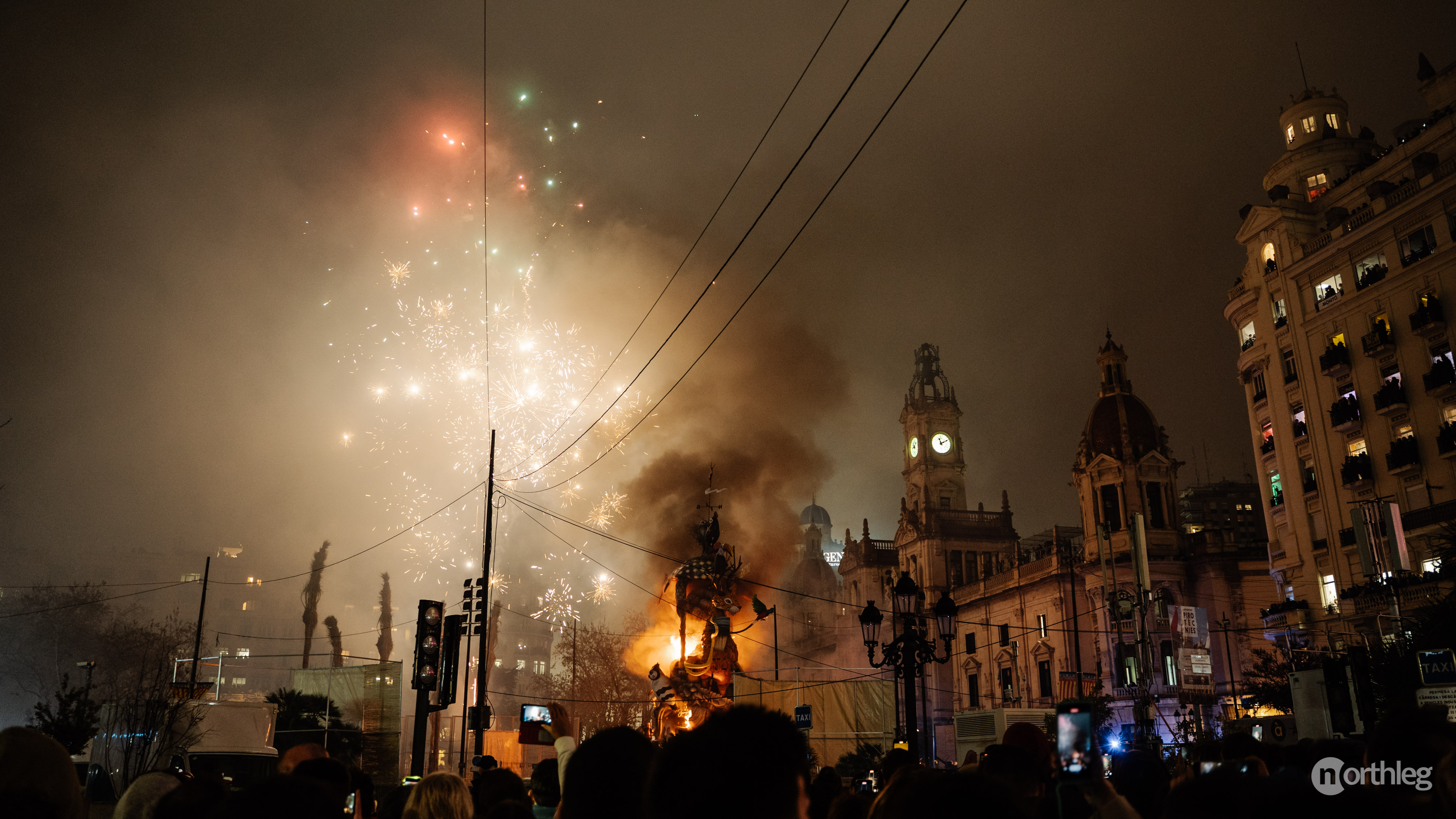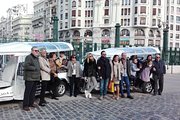
FAQs
FAQs
Here you can find quick answers to all of your questions. Linked, you’ll find the articles or the sections of the articles that can give you more detailed information.
-
Fallas is a traditional festival (also called Falles in Valencian) held every year all over the Valencia region. It is currently recognised as intangible Heritage by UNESCO.
-
The noun Fallas comes from the Latin facula, meaning torch.
You can learn more about the origin of the name and how it developed over the centuries in the relevant section of this article.
-
Fallas takes place every year from the 1st to the 19th of March.
-
Although the festival takes all year to prepare and fundraise, the most intense preparations are during the first 3 weeks of March, with the last five days (15th to 19th of March) being the most eventful.
The fallas (sculptures) can be seen all over the city between the 16th and the 19th of March.
-
The most important events during Fallas are the Crida, the Plantà, and the Cremà.
-
The official calendar is always respected so the events always happen on the day they are supposed to.
On the other hand, timetables are not always closely respected. This is especially true for the events that need particular supervision because of safety reasons (like the Cremà) usually do not respect the timetables as closely.
-
Various Fallas festivals take place all over the Valencian region. However, Falles in Valencia city is the most famous one.
-
The falla sculptures are usually made of papier-mâché and wood. Sometimes, cork is added and iron supports might be needed.
-
There are almost 800 fallas, 784 to be exact (392 adult fallas and another 392 fallas infantiles)
-
The fallas (sculptures) are set up in the city on the night between the 15th and the 16th of March. You can see them until the night of the 19th, when they are burnt.
-
There are a few fallas-related keywords that you should learn to understand the gist of any conversation regarding the festival.
You can learn all the basics in the vocabulary section of this article.
-
There are two theories about Fallas’ origins.
The first one is that the festival is a descendant of pre-Christian spring celebrations.
According to the second one, carpenters in the city used to celebrate the end of winter and their patron saint (Saint Joseph) by burning unused wood outside their workshops. Supposedly, this later evolved into the event we know today.
To know more about these two theories, you can check the relevant section of our article.
-
Fallas is probably the most important festivity in Valencia, it garners huge participation and involvement from the city’s population. It is even appreciated on an international scale, as it is recognised as
Intangible Cultural Heritage by UNESCO
.
-
Yes, extremely. If you live in the city, for about three weeks you’ll be hearing deafening fireworks at different times of the day. On top of that, both local adults and children like to set off loud firecrackers in the street.
-
Yes. Firework displays are handled by specialised organisations and companies, and some firecrackers require a licence to purchase. During the final bonfires, fire brigades are always present to keep everything under control.
-
We strongly advise against it. If you are coming to Valencia to see Fallas, your best option is to leave your pet elsewhere. The continuous loud noises and firework explosions can be very upsetting for pets, especially dogs that are not used to these kinds of events.
-
If you can, try to take your pet away from the city for Fallas. Keep in mind that other towns and cities in the region also celebrate their own Fallas festival, so a remote countryside place would be best.
More related activities...
You might also be interested in...

Fallas calendar 2023
A complete programme of every event in Fallas 2023, from February to the 19th of March

Best day trips to make from Valencia
A list of 7 day-trip ideas that you can easily make from Valencia with public transport.
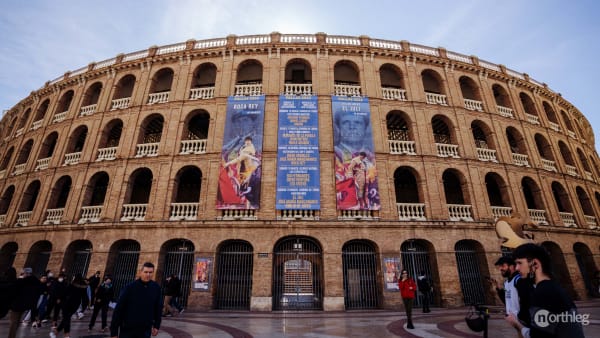
Plaza de Toros
At the edge of Valencia’s Old Town stands a Neoclassical temple of dust, sweat, and blood. This 19th-century bullring is home to one of the most controversial Spanish practices.

The Cathedral, Miguelete, and Holy Chalice
In the heart of the city’s old quarters is Valencia’s Cathedral, home to the Holy Chalice and a solemn bell tower, the Miguelete.
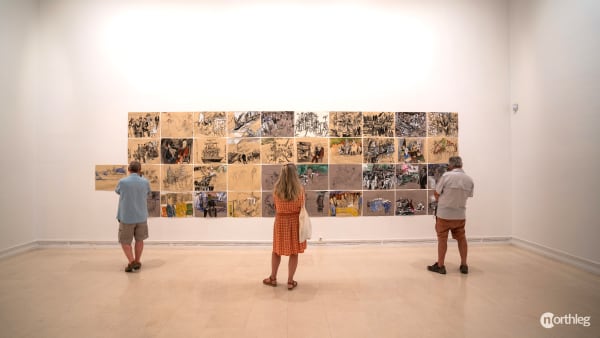
Valencia for art lovers
From contemporary art museums to exhibition centres and workshops, to centuries-old churches, Valencia is brimming with all kinds of artistic expressions.
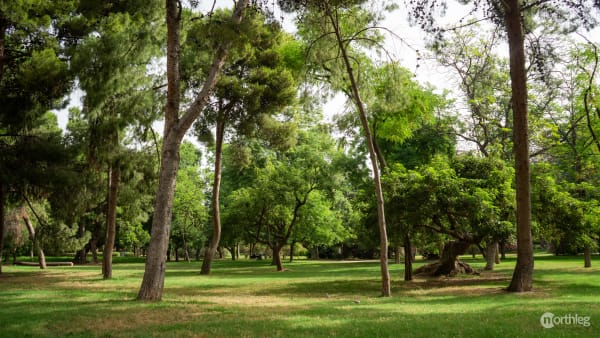
The 8 best places to wind down in Valencia
Green, quiet, and serene, these eight places will let you take a break from the hustle and bustle of the city. And you don’t even need to go far to get to them.






